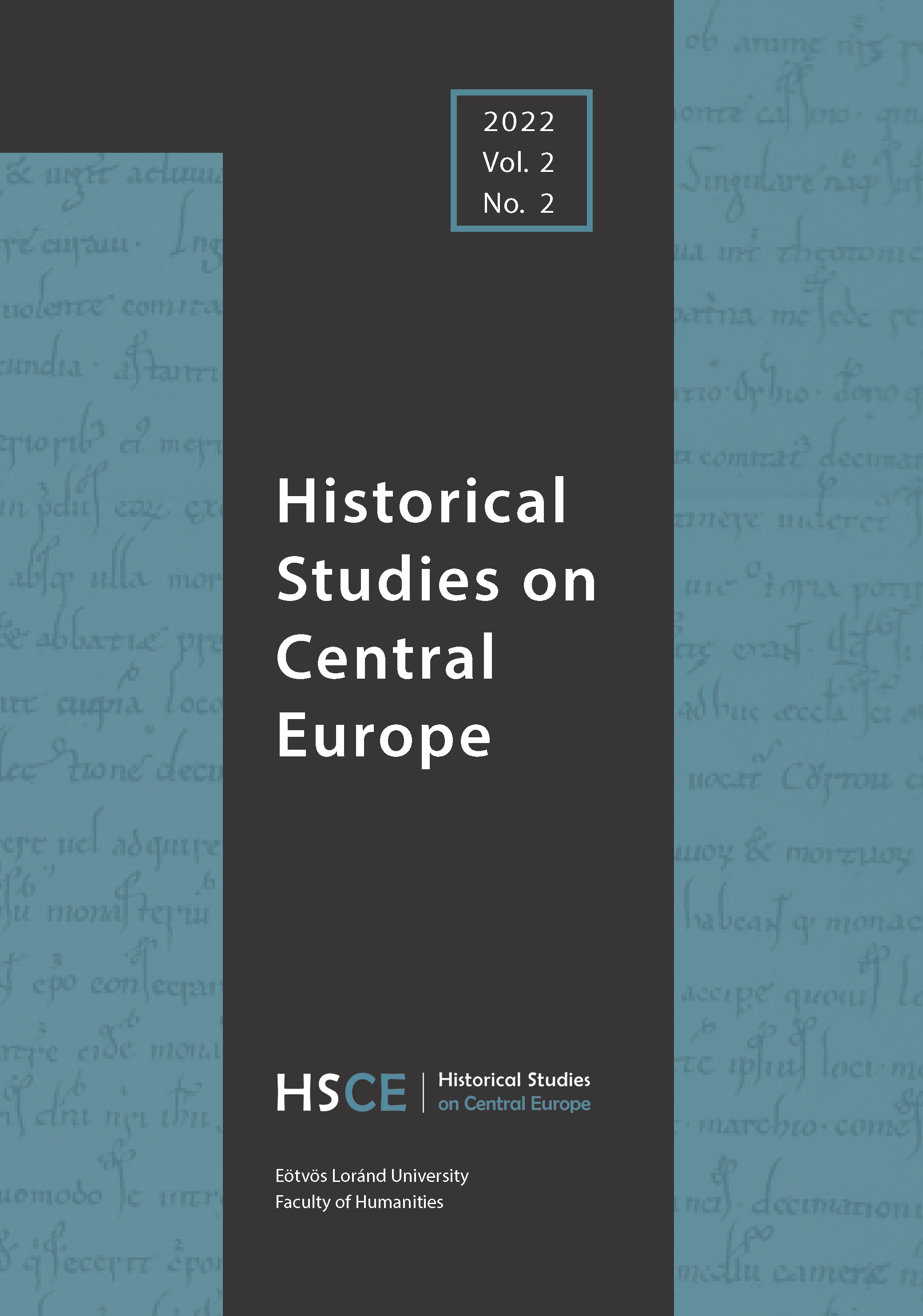The Patterns of the Circulation of Scientific Knowledge in Hungary, 1770–1830: National Research, Development and Innovation Office, Project Number K_16 119577
Published 22-12-2022
How to Cite
Copyright (c) 2022 Lilla Krász

This work is licensed under a Creative Commons Attribution-NonCommercial 4.0 International License.
Abstract
During the past six years (2016–2020, including a nineteen-month extension due to the COVID-19 pandemic, lasting until the end of 2022), the project team has been working on seven fields of knowledge (history; classical philology/aesthetics; philosophy; statistics; anthropology; medicine; agricultural sciences), investigating how and through which personal, institutional, and media channels different types of knowledge have been transformed into scientific disciplines. Each researcher sought to model the respective patterns of knowledge through an analysis of hitherto unknown manuscripts and printed texts of various genres characteristic of Hungary’s scientific life between 1770 and 1830 involving epistemic arenas, the technologies of ‘making sciences’, and media tools.
As many as seventy-one publications appeared during the course of the project. These include a monograph and a publication that comprises historical sources in the field of agricultural sciences, and an online publication that consists of a substantial number of sources associated with the above-mentioned disciplines. The proceedings of two international conferences in Hungarian and English, a collection of papers in English, and two in Hungarian should also be noted. All these should be accessible in print and open-access format at the end of 2022.
The synthesis volumes on the processes of development of the seven fields of knowledge into independent disciplines may be utilized as university textbooks or as manuals for researchers. The digital edition of sources (comprising forty-five author’s sheets) was created using open-source Wikibase™ software that can support both text publication and provide the backend database that is needed for data enrichment. It is in an open-source format, making it possible to explore personal names, toponyms, and subject headings according to main and subcategories. We intend to build a network of Hungarian and foreign researchers to extend the system both horizontally and vertically.

